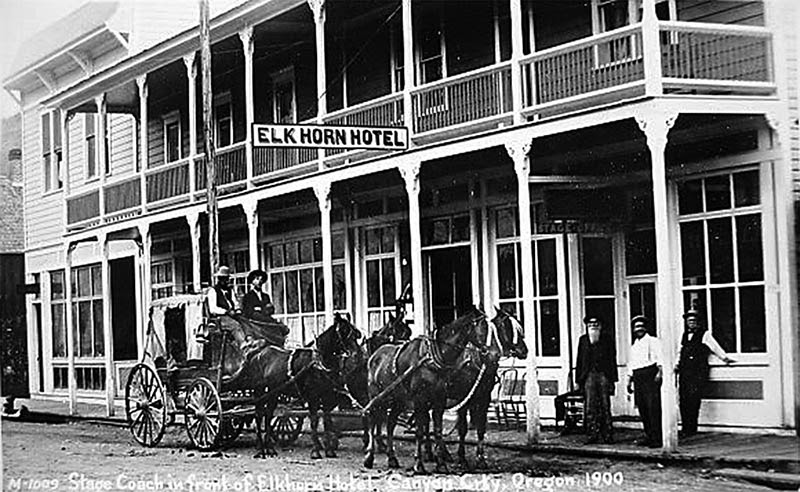Last summer I had finally started on the fourth historical book of the Stevens women, all set in Oregon and beginning with 1852 and the Oregon Trail. For the fourth, I had the plot in mind, the general idea of a hero and heroine, a setting I was not only familiar with but loved.
So I wrote a chapter and got stalled-- that experience has been rare for me in writing. I would not define my experience as writer's block. It was simply that 'stuff' got in this book's way. It was a combination of many things including a trip to research the historical aspects, which I wanted to know more.
Also, it was a bit more complicated than just outside activities. I couldn't get a handle on the hero. He'd been in books two and three, which generally makes a character easier to write. Not this one. I could deal with him a bit shallowly in those books because he was a secondary character. That was over as soon as he became the hero of his own story.
Last fall, trying to understand this guy led to extensive research on the US military, you see, he was a career soldier, a West Point graduate, a cavalry officer. To help me get a handle on my hero, the controversial, iconic George Custer was an obvious choice. Reading books about him and then Custer's journal helped me get a feeling for how a military guy would be thinking in 1867 after he'd been fighting Indians for awhile and gone through the Civil War.
Sometimes having a character in a prior book show up as a hero in a new one is a benefit. I already know them, but something about Rand Phillips didn't work that way. He had been not much more than a kid straight out of West Point when the second book's hero, a scout for the Federals, took him under his wing for the Rogue Indian War. He was back in the third and by then he was an experienced warrior returning to Oregon as part of settling the Snake Conflict. He was very alpha male in the third book-- even as a secondary character.
His own book was complicated by my desire to bring the three earlier romantic couples, into this one as secondary characters. It is after all, a family-- with the third Stevens sister the heroine. So I had the general plot, was once again getting a handle on the hero and heroine, had researched the historic period with some excellent books.
Then I lost my beloved cat to a shockingly early death, which led to a dream about reincarnation that I felt deserved to be told. I didn't want to put that off. The dream was fresh. I believed it was the right length for a novella and wrote When Fates Conspire.
It was while working on its rough draft that I learned of an opportunity to write a short story for an anthology involving other western, romance writers... Couldn't turn that down. One of my ideas for it sounded good. The characters had been in my Arizona historical, Tucson Moon, but quickly I realized it was a lot more story than a short story or even novella.
I looked for another idea and wrote my first short story, Connie's Gift (also a character in Tucson Moon), which went into the anthology, Rawhide 'n Roses. Although I knew that would lead to promotional activities, they wouldn't come until March.
January had us driving down to Tucson to work on our house. I had not given up on the Oregon story but Tucson has some good museums and that was research I could only do while there. More and more the Arizona historical intrigued me for its period, setting, and two characters I hadn't originally realized would have a romance but once the idea came to me, I wasn't going to let it go. The research was making me even more excited by the story.
In late January I ePublished When Fates Conspire. In March, I began writing the Arizona historical. It went fast, had my fingers flying with more research to enrich the story. It was the kind of writing that is purely a joy to do. One lunar cycle from starting to finishing its rough draft.
Of course, editing was yet to come, which meant it was a good time to work on the second and third novellas, which would continue the fantasy about fate, reincarnation, spirit beings, and what might or might not be out there.
Supernatural type stories take research too. This was especially so since I was incorporating Native American mythologies into the third novella. Now I had done some of this research through the years. (If you didn't know it already, Libras have an interest in the offbeat, which includes mysticism of many traditions. I'd heard a lot of intriguing stories through the years some of which worked into the writing.) Now I had The Dark of the Moon and, Storm in the Canyon, which was going to be a trilogy-- Diablo Canyon.
Ben Kern wagon train
I know it likely sounds like a chaotic year of writing, bouncing around quite a bit, but a year later I am back to the Oregon series. Instead of starting writing on the fourth, I decided I would benefit from re-editing the first three to make sure I am staying consistent. Because it'd been awhile, I had to look around to find the notes I'd taken as well as my character timelines. There was one moment where I feared I'd lost them by typing over them with the wrong state. The possibility of doing that to one of my novels (which once I did) is why I keep everything saved onto multiple jump drives-- thank goodness in this case.
The heroine has always been interesting to me for that fourth Oregon historical. Belle, the youngest of three sisters, is my first warrior heroine. She is spirited, opinionated and left home quite early for school and adventures with friends where many parents wanted her as a companion to their daughters. This is my first time to write a female warrior, although many of my heroines do learn to fight, but it's more to save their own lives or that of their lovers. This young woman chose to be a warrior. It does seem like a fun write to get into how it works for an alpha, warrior hero and an alpha warrior heroine will get along... well, I actually have a pretty good idea. ;)



































